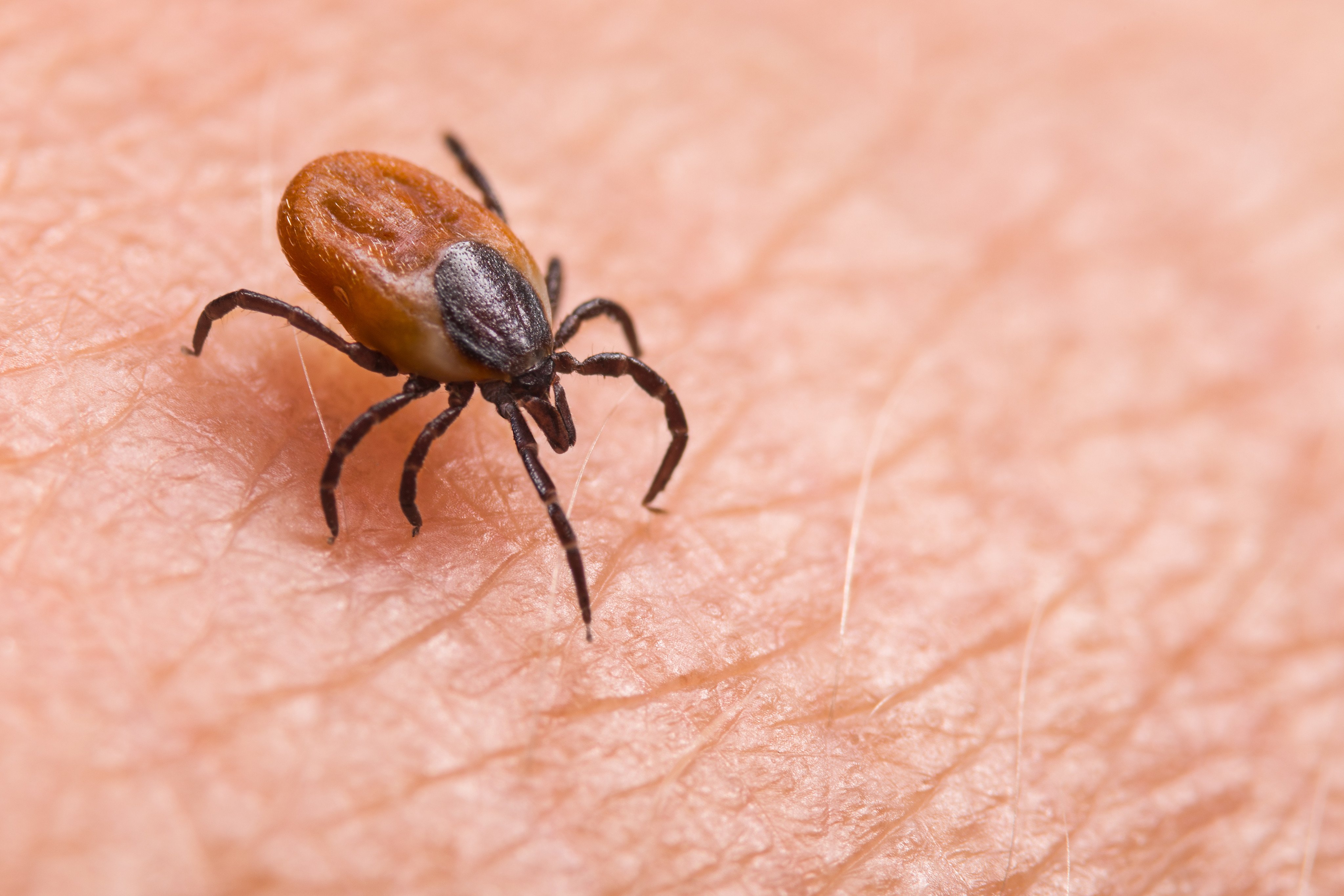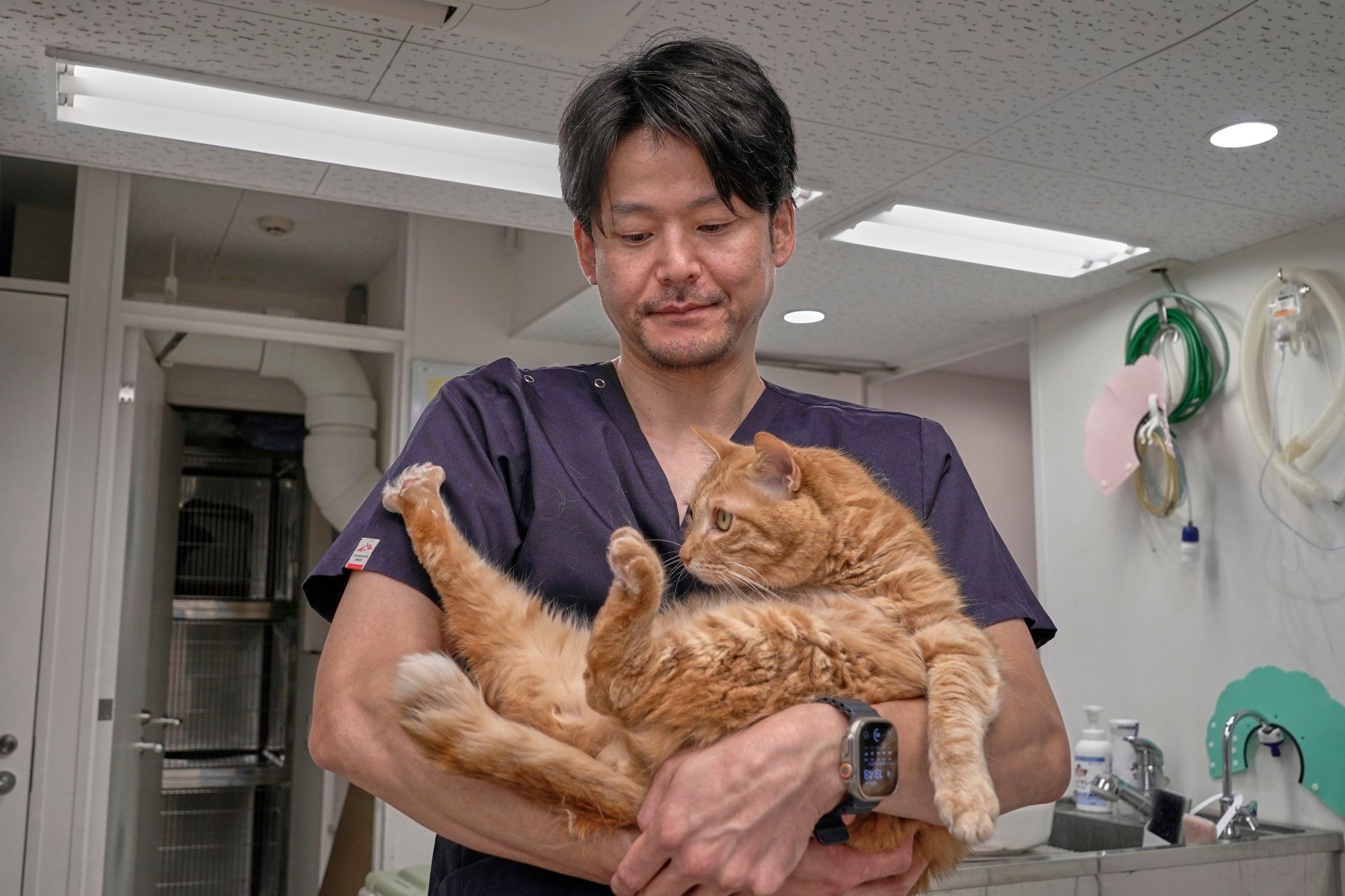Fatal virus fears rise in Japan after first suspected animal-to-human SFTS death
A Japanese veterinarian’s puzzling death from SFTS highlights the danger of this tick-borne virus for which there is no known cure

Japan’s veterinarian association has urged members to step up precautions against the potentially deadly severe fever with thrombocytopenia syndrome (SFTS) virus, after what is believed to be the country’s first case of a veterinarian dying from suspected animal-to-human transmission.
The vet, who has not been named, developed symptoms of the virus after treating a cat at his practice in Mie prefecture in May, an official of the Japan Veterinary Medical Association (JVMA) confirmed. The vet was hospitalised but died a few days later.
Puzzlingly, an autopsy did not find the telltale tick bite that typically transmits the virus, while the cat’s owner and other staff at the clinic have not displayed any symptoms.
“We are still not absolutely sure how this infection happened and the ministry of health is working with prefectural authorities to determine all the details,” said Daisuke Tsukamoto, a spokesman for the JVMA.
“We have been working with our members in Mie prefecture to try to find out more, and we quickly issued an alert to our members to share as much information about SFTS and how to avoid being infected,” he told This Week in Asia.

The National Institute of Infectious Diseases (NIID) – a research institute affiliated with Japan’s Ministry of Health, Labour and Welfare – has also issued a 17-page report for veterinarians detailing what to look out for in infected animals, the precautions that should be taken to avoid being bitten by a tick, the dangers of exposure to fluids from an infected animal and the safest way to dispose of a dead animal.
According to the NIID, the clinical symptoms of the disease include fever, loss of energy and appetite, vomiting, jaundice and an obvious tick bite. Blood tests would reveal a decreased white blood cell count, the institute reported, along with a decreased platelet count and elevated AST enzyme levels in the liver, heart, muscles and kidneys.
SFTS was only positively identified by a Chinese researcher in 2011, although a re-examination of cases in which people were taken ill with similar symptoms has enabled experts to confirm probable incidents as far back as 2006. In 2011, 571 SFTS cases and 59 deaths were reported in China.
SFTS was first identified in Japan in 2013, when 40 cases were reported. As of April this year, a total of 1,071 cases had been confirmed and 117 deaths. It appears that the illness is particularly dangerous to older people, with 90 per cent of the recorded cases among people aged 60 or older.
The infectious disease has also been identified in South Korea, Vietnam and Taiwan, with the fatality rate varying between 12 per cent and more than 30 per cent. There is no known cure and most victims ultimately die of multiple organ failure.
The fatality rate in cats is typically more than 50 per cent.

In 2019, the NIID said the high fatality rate in humans meant it should be classified as a new viral haemorrhagic fever, putting it in the same category of infections as dengue and Ebola.
The virus is carried by wild animals, primarily deer and boars in Japan, but also by hedgehogs, cattle, goats and sheep. The ixodidae ticks that feed on wild animals, such as the Asian long-horned tick, can then attach themselves to pets in grassy areas or, in some cases, directly to humans that pass through undergrowth.
In 2023, experts warned that while virus-carrying ticks had previously been most frequently found in more southerly parts of Japan, rising temperatures meant they were able to extend their range. The ticks are now commonly found in the Tohoku region of northern Japan.
A study conducted in 2021 found nine species of tick on an island off Tohoku, according to the paper published in the academic journal Experimental and Applied Acarology, apparently after hitching a ride on migrating birds.
In 2017, a press conference at the offices of the Miyazaki prefectural government descended into chaos when a live tick that had been brought in to show journalists disappeared during the proceedings. An official of the local government placed the insect on a piece of paper to allow photographers to take close-up images, but it disappeared.
Officials searched for the tick but were unable to locate it. After the room was evacuated, two types of insecticide were sprayed on the carpet and the prefectural governor issued an apology the next day.